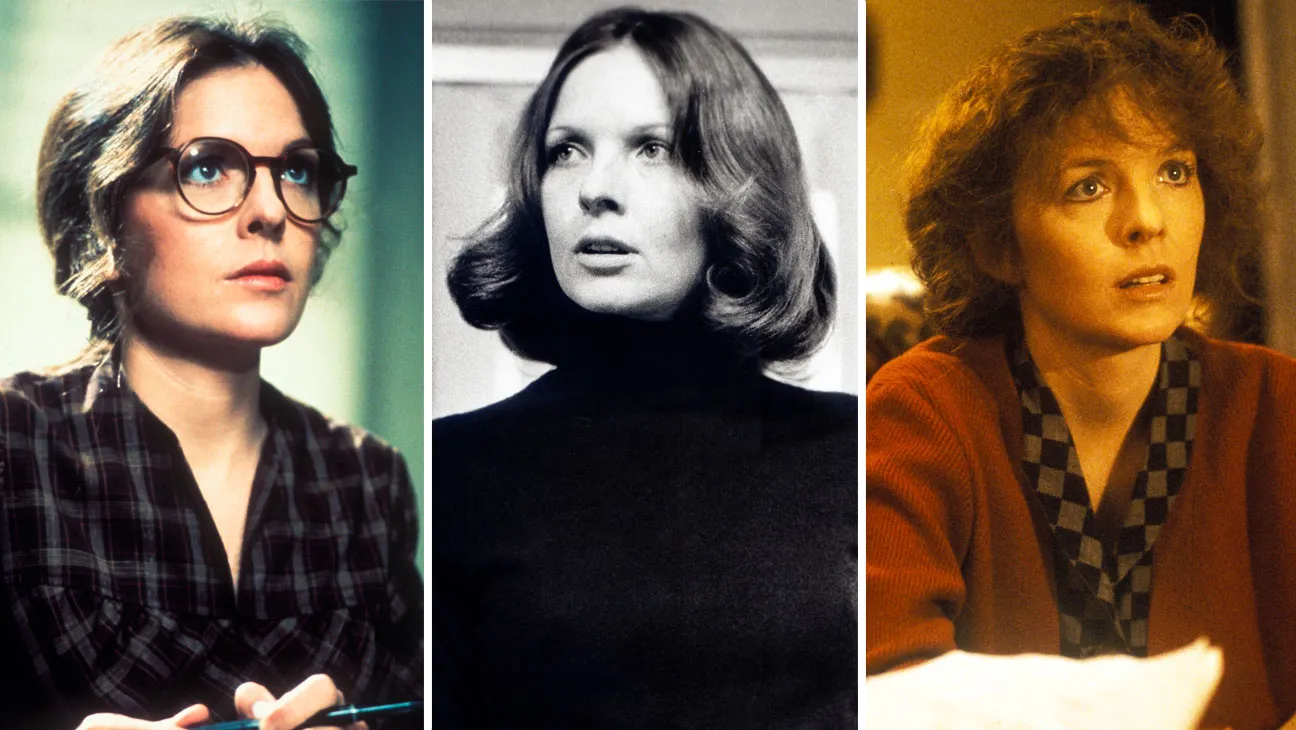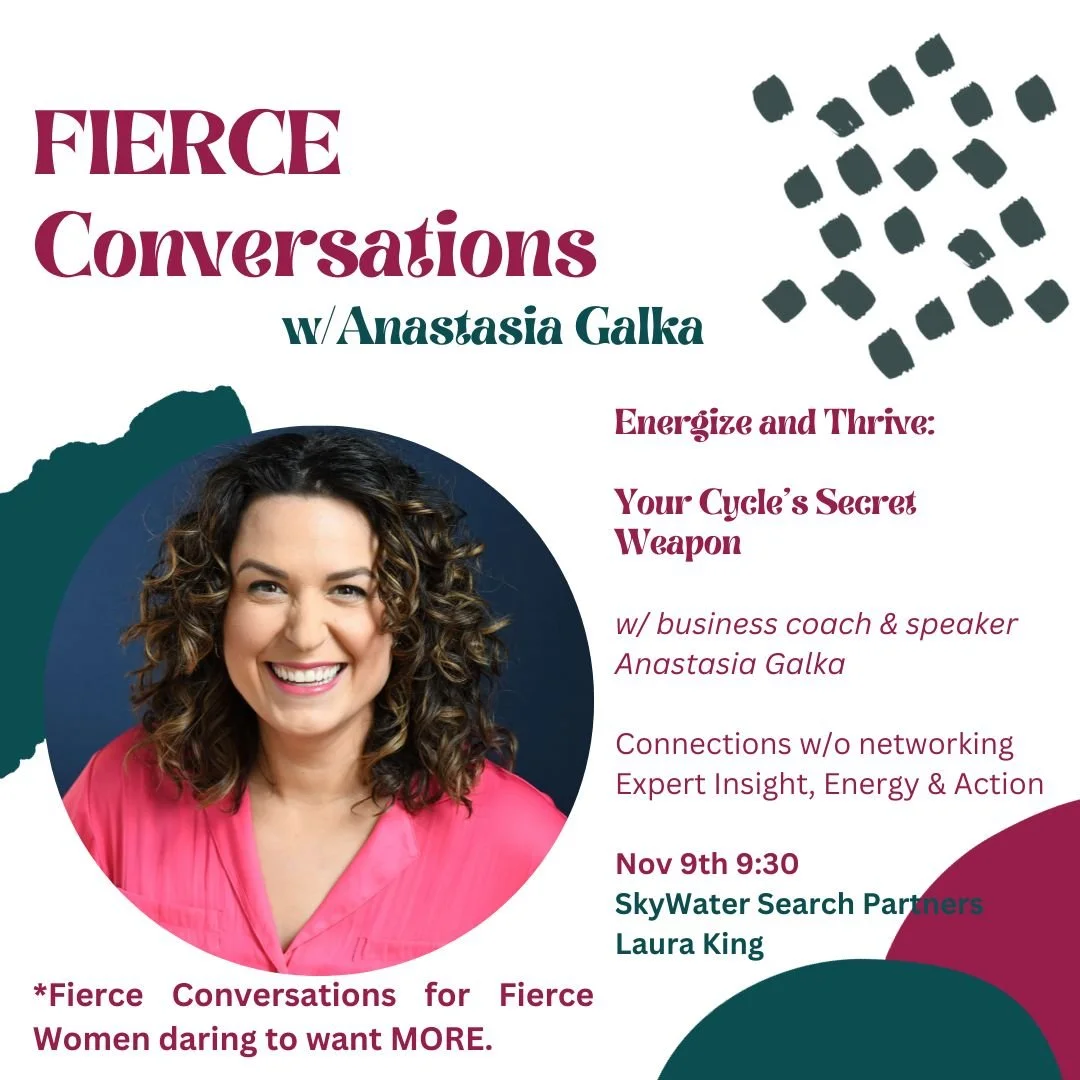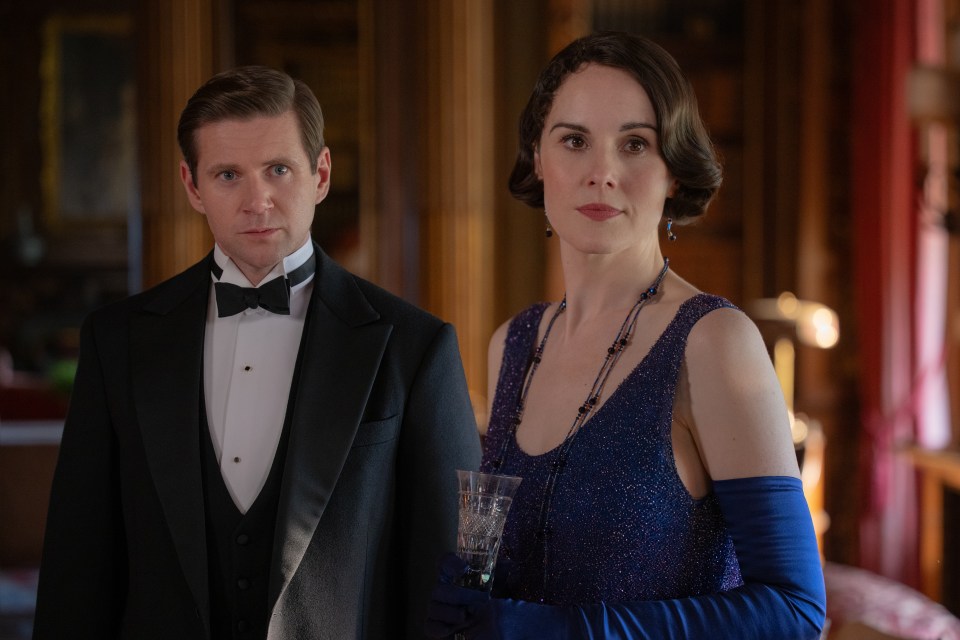Introduction: The Singular Spirit of Diane Keaton
Diane Keaton, born Diane Hall on January 5, 1946, in Los Angeles, California, was a cinematic and cultural force whose influence transcended the boundaries of Hollywood. Known for her distinctive blend of quirky charm, intellectual depth, and unapologetic individuality, Keaton carved out a career that spanned over five decades, earning her an Academy Award, critical acclaim, and a place in the hearts of millions. Beyond her roles in iconic films like The Godfather and Annie Hall, she was a fashion pioneer, a dedicated mother, an architectural preservationist, an author, and a director.
Her life was a tapestry of bold choices—never marrying, adopting two children in her 50s, and embracing a style that defied convention. Tragically, Keaton passed away on October 11, 2025, at the age of 79, leaving behind a legacy that continues to inspire.
Her death, attributed to acute congestive heart failure caused by long-standing hypertensive heart disease, marked the end of an era. Keaton had been open about her health struggles, including battles with skin cancer and bulimia, yet she faced these challenges with the same resilience that defined her life. This article explores Diane Keaton’s extraordinary journey—from her Los Angeles roots to her rise as a Hollywood legend, her iconic androgynous style, and the circumstances of her passing. we celebrate a woman who lived authentically, loved fiercely, and left an indelible mark on the world.
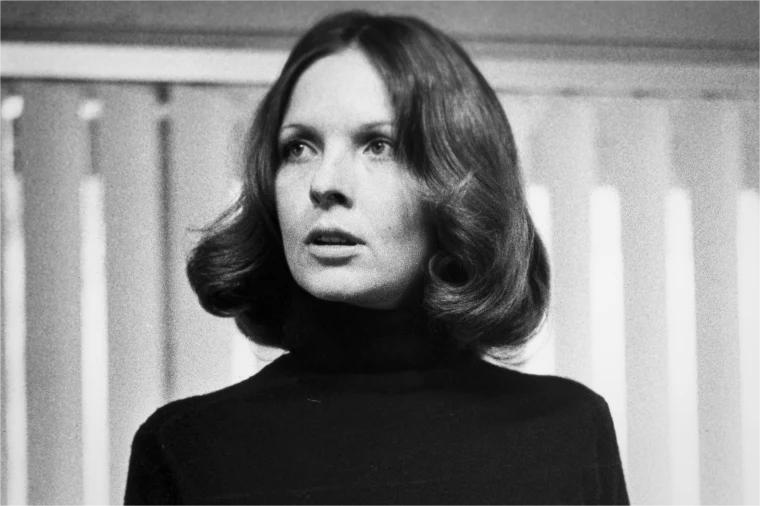
Early Life: A California Dreamer with Big Ambitions
Diane Keaton was born into a middle-class family in Los Angeles, the eldest of four children to Dorothy Deanne Keaton, a homemaker and amateur photographer, and John Newton Ignatius “Jack” Hall, a real estate broker and civil engineer. Growing up in Santa Ana, California, Keaton was surrounded by the vibrant energy of Southern California, yet her family’s Free Methodist upbringing instilled a sense of discipline and modesty. Her mother, Dorothy, was a creative spark, having won the “Mrs. Los Angeles” pageant for homemakers, an experience that fascinated young Diane and ignited her love for performance. Keaton often cited her mother’s flair for the dramatic as a key influence, recalling how Dorothy’s pageant stories made her dream of the stage.
As a child, Keaton was a tomboy, more comfortable climbing trees and exploring than adhering to traditional expectations of femininity. At Santa Ana High School, where she graduated in 1964, she threw herself into the arts, starring in school productions like A Streetcar Named Desire as Blanche DuBois—a role that hinted at her future ability to portray complex, emotionally rich characters. Her early exposure to theater and music (she loved singing) fueled her ambition, but she wasn’t content with small-town life. After brief stints at Santa Ana College and Orange Coast College, studying acting, Keaton dropped out at 19 and moved to New York City to chase her dreams.
In Manhattan, she adopted her mother’s maiden name, Keaton, to avoid confusion with another actress named Diane Hall. She enrolled at the Neighborhood Playhouse, studying the Meisner technique, which emphasized emotional authenticity and collaboration. These lessons shaped her approach to acting, as she later said, “You’re only as good as the people you’re working with.” Living in New York in the 1960s, Keaton embraced the city’s bohemian spirit, performing as a singer in nightclubs and taking small acting gigs to make ends meet. These formative years instilled a work ethic and authenticity that would define her career and lifestyle.
Diane Keaton starred in many notable films across her career. Here are some key ones:
Below is a combined table of Diane Keaton’s notable films, merging the previously provided lists to include a comprehensive selection of her work, along with her roles and the years of release:
| Film Title | Year | Role |
|---|---|---|
| Lovers and Other Strangers | 1970 | Joan Vecchio |
| The Godfather | 1972 | Kay Adams |
| Play It Again, Sam | 1972 | Linda Christie |
| Sleeper | 1973 | Luna Schlosser |
| The Godfather Part II | 1974 | Kay Adams |
| Love and Death | 1975 | Sonja |
| Annie Hall | 1977 | Annie Hall |
| Looking for Mr. Goodbar | 1977 | Theresa Dunn |
| Interiors | 1978 | Renata |
| Manhattan | 1979 | Mary Wilkie |
| Reds | 1981 | Louise Bryant |
| Shoot the Moon | 1982 | Faith Dunlap |
| The Little Drummer Girl | 1984 | Charlie |
| Mrs. Soffel | 1984 | Kate Soffel |
| Crimes of the Heart | 1986 | Lenny Magrath |
| Radio Days | 1987 | New Year’s Singer |
| Baby Boom | 1987 | J.C. Wiatt |
| The Good Mother | 1988 | Anna Dunlap |
| Father of the Bride | 1991 | Nina Banks |
| Manhattan Murder Denote | 1993 | Carol Lipton |
| Father of the Bride Part II | 1995 | Nina Banks |
| The First Wives Club | 1996 | Annie MacDuggan-Paradis |
| Marvin’s Room | 1996 | Bessie Wakefield |
| The Other Sister | 1999 | Elizabeth Tate |
| Hanging Up | 2000 | Georgia Mozell |
| Town & Country | 2001 | Ellie Stoddard |
| Something’s Gotta Give | 2003 | Erica Barry |
| The Family Stone | 2005 | Sybil Stone |
| Because I Said So | 2007 | Daphne Wilder |
| Mad Money | 2008 | Bridget Cardigan |
| Smother | 2008 | Marilyn Cooper |
| Morning Glory | 2010 | Colleen Peck |
| Finding Dory | 2016 | Jenny (voice) |
| Hampstead | 2017 | Emily Walters |
| Book Club | 2018 | Diane |
| Poms | 2019 | Martha |
| Book Club: The Next Chapter | 2023 | Diane |
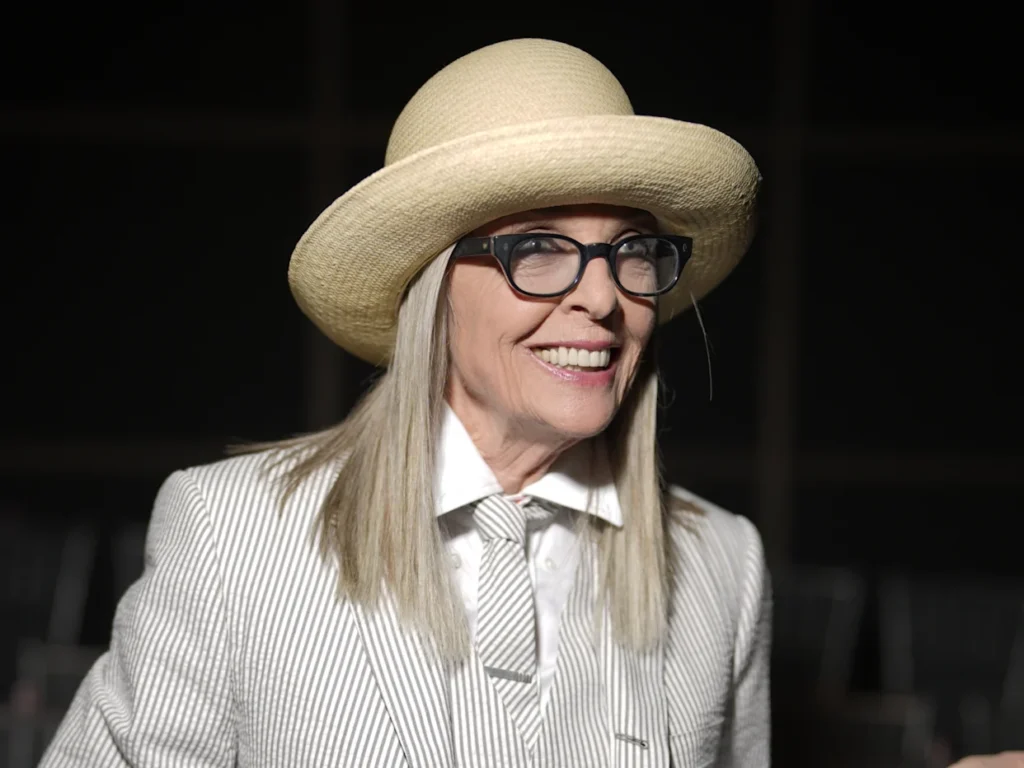
Breaking Through: From Broadway to The Godfather
Keaton’s career began on the stage, where her raw talent and unique presence shone. In 1968, she landed a role as an understudy in the Broadway production of Hair, the revolutionary musical that captured the era’s counterculture vibe. True to her principles, Keaton refused to participate in the show’s optional nude scene, even though it came with a financial bonus—a decision that underscored her commitment to personal boundaries.
Her big break came in 1969 with Woody Allen’s play Play It Again, Sam. Despite being taller than Allen, she won the role of Linda Christie, earning a Tony Award nomination for Best Featured Actress. The play’s success led to a film adaptation in 1972, marking Keaton’s transition to the screen. Her collaboration with Allen was both professional and personal, as they began a romantic relationship that would shape some of her most iconic work.
Keaton’s cinematic breakthrough came with Francis Ford Coppola’s The Godfather (1972), where she played Kay Adams, the outsider girlfriend of Michael Corleone (Al Pacino). The film, a cultural and commercial juggernaut, grossed over $134 million and won Best Picture. Keaton’s understated performance as Kay—a woman caught in the Corleone family’s web—earned praise for its quiet strength. She reprised the role in The Godfather Part II (1974) and Part III (1990), evolving Kay into a figure of moral conflict. These early roles established Keaton as a versatile actress, capable of holding her own alongside titans like Pacino and Marlon Brando.
Her lifestyle during this period was quintessentially New York: a blend of artistic immersion and bohemian simplicity. She lived modestly, frequented art galleries, and soaked up the city’s creative energy, which fueled her performances and her growing interest in photography and design.
The Pinnacle: Annie Hall and a Cultural Revolution
The 1970s were Keaton’s golden era, defined by her collaboration with Woody Allen. Films like Sleeper (1973) and Love and Death (1975) showcased her comedic flair, but Annie Hall (1977) was her defining moment. Playing the titular character—a quirky, aspiring singer navigating love and identity—Keaton delivered a performance that was both deeply personal and universally relatable. The film, loosely inspired by her relationship with Allen, featured her ad-libbed lines (like “La-di-da”) and her signature style: oversized men’s clothing, wide-brimmed hats, and ties. Annie Hall won four Oscars, including Best Picture and Best Actress for Keaton, who became a cultural icon overnight.
Her style in Annie Hall revolutionized fashion. The androgynous look—tailored vests, baggy trousers, and layered textures—became a hallmark of 1970s style, influencing designers and women worldwide. Keaton’s fashion wasn’t just aesthetic; it was a statement of independence, rejecting Hollywood’s glamorous norms. That same year, she took a dramatic turn in Looking for Mr. Goodbar, playing a teacher with a dangerous double life, proving her range.
Keaton’s lifestyle in the ’70s was eclectic and free-spirited. She explored photography, publishing Reservations (1980), a collection of hotel interior photos that reflected her fascination with design. She also recorded music, drawing on her nightclub singing experience. Romantically, her relationship with Allen was intense but non-traditional, as both valued their independence. Her Los Angeles roots and New York adventures shaped a duality—grounded yet avant-garde—that permeated her work and personal life.
The 1980s: Dramatic Depth and New Ventures
The 1980s saw Keaton embrace more serious roles and expand her creative horizons. In Reds (1981), directed by and starring Warren Beatty (her then-partner), she played journalist Louise Bryant, earning her second Oscar nomination. Her portrayal of a feminist navigating love and revolution was lauded for its nuance. She followed with Shoot the Moon (1982), as a wife in a failing marriage, and Mrs. Soffel (1984), as a warden’s wife in love with a prisoner.
Keaton also stepped behind the camera, directing the documentary Heaven (1987), which explored beliefs about the afterlife. That year, she starred in Baby Boom, a comedy about a career woman inheriting a toddler, which resonated with audiences and earned her a Golden Globe nomination. Her directorial work extended to music videos, including Belinda Carlisle’s “Heaven Is a Place on Earth,” showcasing her versatility.
Her lifestyle evolved with her career. Keaton became a vegetarian, driven by ethical concerns about animal welfare, a choice she maintained for life. She split her time between New York and Los Angeles, immersing herself in photography and architecture. Her homes, often restored Spanish Colonials, reflected her passion for preservation, a cause she would champion later.
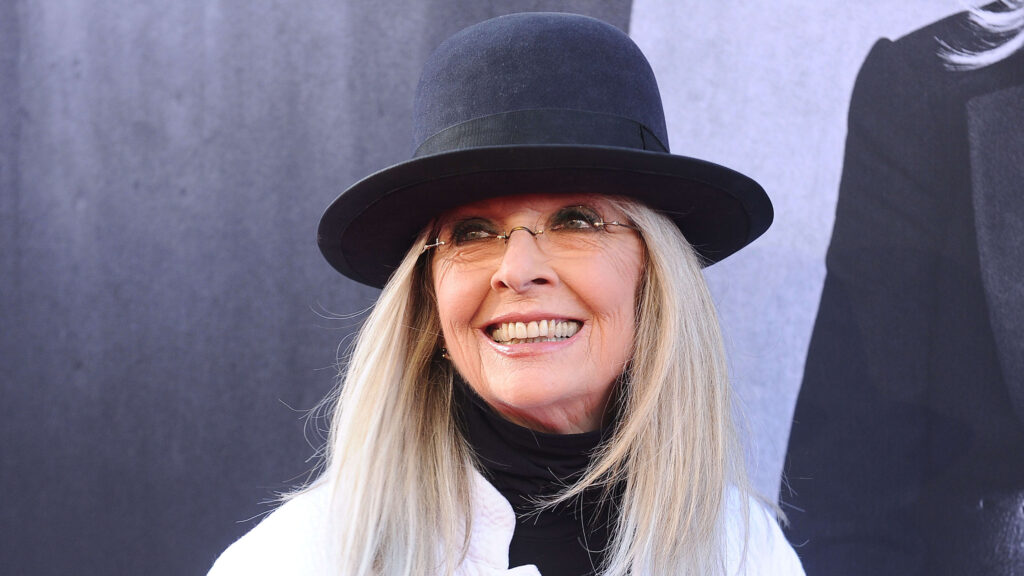
The 1990s: Matriarchs and Milestones
In her 40s, Keaton gravitated toward roles as warm, complex matriarchs. Father of the Bride (1991) and its sequel (1995), opposite Steve Martin, were box-office hits, with Keaton’s Nina Banks balancing humor and heart. In 1993, she reunited with Woody Allen for Manhattan Murder Mystery, earning another Golden Globe nomination. The First Wives Club (1996), with Goldie Hawn and Bette Midler, became a feminist anthem, grossing over $100 million. Her role in Marvin’s Room (1996), as a leukemia patient, earned her a third Oscar nomination.
On a personal level, Keaton made a profound choice: adopting her daughter Dexter in 1996 at age 50, followed by son Duke in 2001. Raising them as a single mother in Los Angeles, she prioritized family over romance, famously saying, “I didn’t want to give up my independence.” Her decision to never marry reflected her fierce autonomy, a trait that defined her lifestyle.
The 2000s and Beyond: A Comedic Resurgence and Lasting Impact
The 2000s brought a comedic revival. Something’s Gotta Give (2003), opposite Jack Nicholson, was a massive hit, grossing $125 million and earning Keaton her fourth Oscar nomination. Playing a playwright romanced by a younger man, she challenged ageist stereotypes with humor and grace. Films like The Family Stone (2005), Because I Said So (2007), and Morning Glory (2010) kept her in the spotlight. In 2016, she voiced Jenny in Finding Dory, a billion-dollar animated hit. Book Club (2018) and Book Club: The Next Chapter (2023) showcased her enduring charm, proving her appeal across generations.
Keaton’s creative output extended beyond acting. She authored memoirs like Then Again (2011), weaving her story with her mother’s journals, and Brother & Sister (2020), reflecting on family. Her passion for architectural preservation grew, as she restored historic Los Angeles homes and advocated against demolitions. She served on the board of the Los Angeles Conservancy, blending her love for design with activism.
The Keaton Style: A Fashion Revolution
Diane Keaton’s style was as iconic as her performances. Inspired by Annie Hall, her androgynous aesthetic—oversized blazers, wide-leg trousers, ties, and wide-brimmed hats—became a cultural phenomenon. She mixed textures like tweed and silk, favoring neutral tones and layering for a bohemian yet polished look. Her style was practical, often covering skin cancer scars with long sleeves and hats, but it was also a rebellion against Hollywood’s expectations of women.
Keaton’s influence on fashion was profound, inspiring designers like Ralph Lauren and modern celebrities. Even in her 70s, she appeared in Justin Bieber’s “Ghost” video (2021), wearing her signature look. Her style was an extension of her lifestyle: vegetarian, reclusive yet socially engaged, and deeply tied to her love for art and architecture. Her Los Angeles homes, filled with eclectic decor, mirrored her aesthetic—authentic, bold, and timeless.
Health Challenges: A Private Battle
Keaton was open about her health struggles. Diagnosed with basal cell carcinoma at 21, she underwent multiple surgeries. Later, she faced squamous cell cancer. In her 20s, she battled bulimia, consuming up to 20,000 calories a day before seeking therapy. These challenges shaped her resilience but were kept private, reflecting her preference for living life on her terms.
In her final years, Keaton’s health declined. Friends noted her energy waning, and she listed her beloved Bel-Air home—a restored Spanish Colonial—for sale in 2025. Despite these signs, she remained active, working on projects and spending time with her children.
Final Days and Passing: A Quiet Goodbye
In the months leading to her death on October 11, 2025, Diane Keaton’s vibrant life began to show signs of strain. At 79, the iconic actress, known for Annie Hall and The Godfather, had been privately managing hypertensive heart disease for years. Friends noticed her growing frailty in early 2025, with significant weight loss and reduced energy. Keaton, fiercely private, listed her cherished Bel-Air home—a restored Spanish Colonial—for $29 million in March, a move that surprised those close to her, hinting at her declining health. She spent her final weeks with her children, Dexter and Duke, adopted in her 50s, sharing quiet moments hiking or at home with her dog, Clyde.
On the morning of October 11, a 911 call from her Los Angeles home reported her unresponsive. Paramedics arrived swiftly but could not revive her. The cause was acute congestive heart failure, linked to her long-term heart condition. Per her wishes, no autopsy was conducted. Her children confirmed her passing, requesting privacy and suggesting donations to architectural preservation in lieu of flowers.
Tributes poured in. Woody Allen called her his “muse,” Al Pacino praised her “quiet fire,” and Meryl Streep mourned a trailblazer. Fans flooded social media, celebrating her quirky style and roles. A private family memorial was planned, with a public celebration set for 2026 at Hollywood Forever Cemetery. Keaton’s death at 79 marked the end of a singular life—bold, authentic, and unforgettable.
Legacy: An Enduring Icon
Diane Keaton’s legacy is multifaceted. Her filmography, spanning The Godfather to Book Club, showcases a career of depth and versatility, earning her an Oscar, two Golden Globes, and the AFI Life Achievement Award. Her fashion revolutionized style, proving women could be chic without conforming. As a single mother, she broke stereotypes, adopting in her 50s and raising Dexter and Duke with love and independence.
Her activism in architectural preservation left a tangible mark on Los Angeles, saving historic buildings from demolition. Her books offered intimate glimpses into her life, blending humor and vulnerability. Above all, Keaton’s legacy is her authenticity—she lived unapologetically, embracing her eccentricities and inspiring others to do the same.

